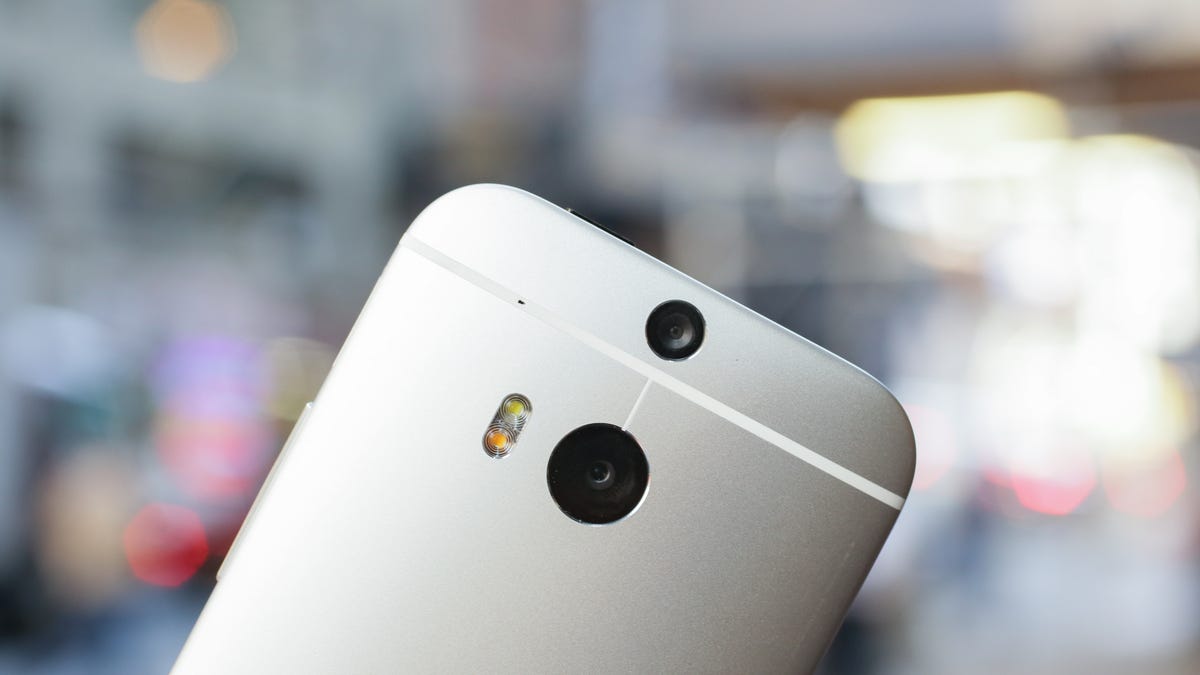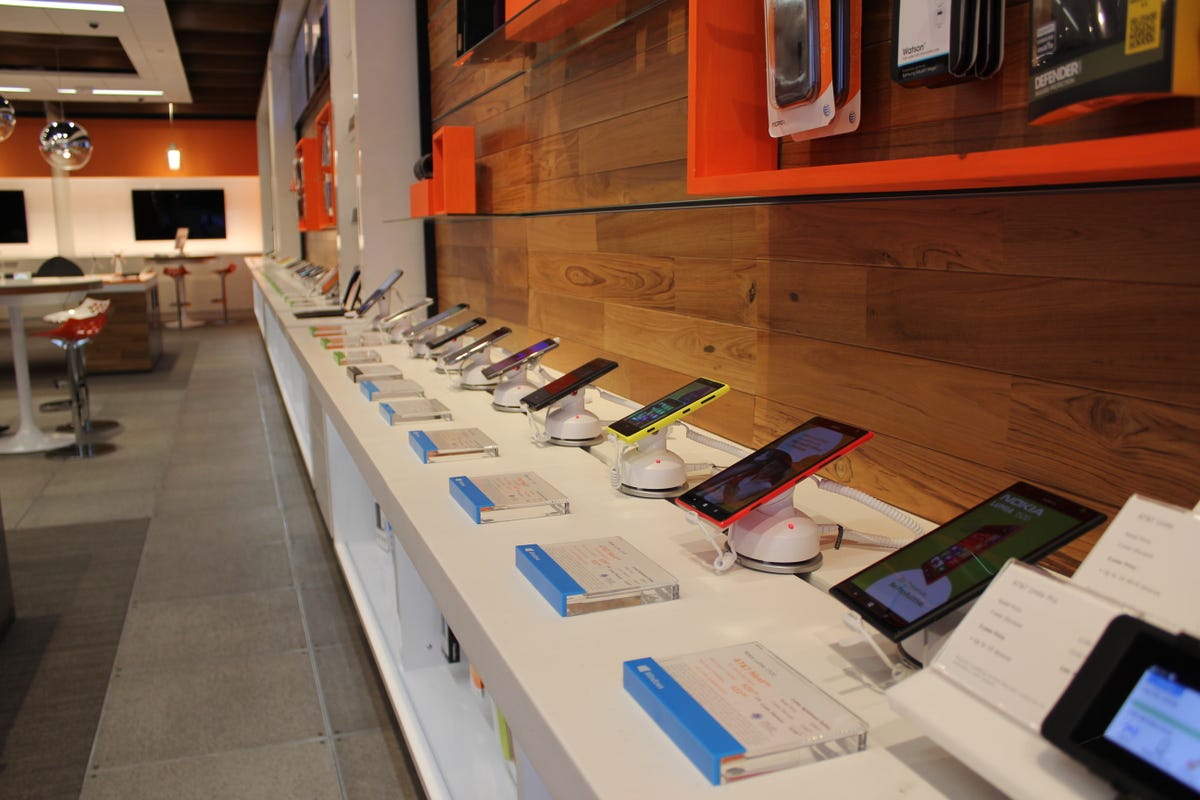
Sarah Tew/CNET
T-Mobile may have started the trend of making its customers pay for their own devices, but AT&T is running with it.
AT&T said 40 percent of its smartphone gross customer additions and upgrades went with its Next monthly installment plan. In total, 1.1 million customers opted for Next in the first quarter, the company said on Tuesday.
The plan makes for a subtle change in a person’s monthly bill, but the separation of the device cost from the service fee represents a shift in how the industry has long operated, and AT&T’s numbers suggest more consumers are beginning to understand the value of paying for their own device. Customers get more clarity on what they’re paying for, while AT&T no longer has to shoulder the burden of phone subsidies.
Related links here
- AT&T shrugs off T-Mobile as earnings top expectations
- AT&T gets in on no-contract, early upgrade plans too
- AT&T: Now you pay less for a no-contract phone plan
- AT&T jumps on early upgrade bandwagon, but only for existing customers
- AT&T goes on the offensive with cheaper family plans
Take the Dallas telecommunications company’s first-quarter results, which topped Wall Street expectations. In the past, when customer growth spikes, a carrier would take a hit on earnings because of the subsidy, which would take what should be a $650 iPhone 5S and turn it into a more palatable $200 smartphone. In exchange for the discounted phone, customers would lock themselves into a two-year contract with higher monthly rates.
Under Next, a customer would pay the full price of the device themselves, broken down in 26-month or 20-month increments, on top of a service fee. In return, the service fees would drop because the carrier was no longer providing a subsidy. A customer could also trade in their phone for a new device after one year. AT&T, meanwhile, benefits from a quirk in accounting rules that let it record all of a customer’s monthly payments for the phone upfront, boosting the margins for that quarter.
When AT&T, the nation’s second-largest carrier by subscribers behind Verizon Wireless, debuted Next in July, it was a poor imitation of T-Mobile’s own no-contract program. The carrier offered early upgrades and a monthly installment plan, but it didn’t provide a financial break on the service fees. It wasn’t until AT&T began offering discounts to Next customers in December that the plan was considered a competitive deal.
Since then, the numbers speak for themselves. In the fourth quarter, 15 percent of its customers moving to a smartphone opted to sign up for Next. In the first quarter, it was 40 percent. AT&T said it sold 2.9 million smartphones through Next in the quarter.
“The transformation of our customer base can be clearly seen this quarter,” Chief Financial Officer John Stephens said during a conference call Tuesday.
Stephens did warn that the Next numbers were slightly inflated because the company let existing customers move to the program regardless of the time on their contract. Barring the promotion, he said the rate of Next adoption would be closer to 35 percent.
Next was likely aided by the aggressive push of its mobile share plans, which saw 1 million customers with unlimited data plans make the switch in the period. AT&T said 81 percent of smartphones were now on usage-based plans.


Roger Cheng/CNET
“The shift to mobile share plans was nothing short of incredible,” Stephens said.
The larger plans proved attractive, with 46 percent of its base signing up for a share plan that had 10 gigabytes of data or more. The interest was likely sparked by the attractively priced higher data plans that suited families, which still make up a majority of AT&T’s customer base. Those changes were seen as a reaction to T-Mobile’s own aggressive move to cover the early termination fees for customers looking to switch from a rival.
For many, the move to a mobile share plan is a launching pad to make the leap into Next. When mobile share customers look at their upgrade opportunities, they’re presented with several Next options with low monthly fees alongside the subsidized price of a smartphone (and higher monthly service fee).
“You’re more likely to go to Next when you go to the mobile share plan,” said BTIG analyst Walter Piecyk. “It’s how the program works.”
When AT&T unveiled the plan, Next was seen as a niche program for customers who had to have the latest smartphone, even if it meant paying more each month. Now it appears to be a core part of the company’s business.
While Stephens didn’t provide a prediction for Next adoption down the line, he hinted that the 35 percent rate could become the norm. He dismissed the notion of doing away with traditional subsidized plans and said they’d be around as long as a significant chunk of the customer base wanted them.
With AT&T’s results in, all eyes will be on Verizon Wireless to see if it can match its rival’s performance. Verizon reports its results Thursday.



